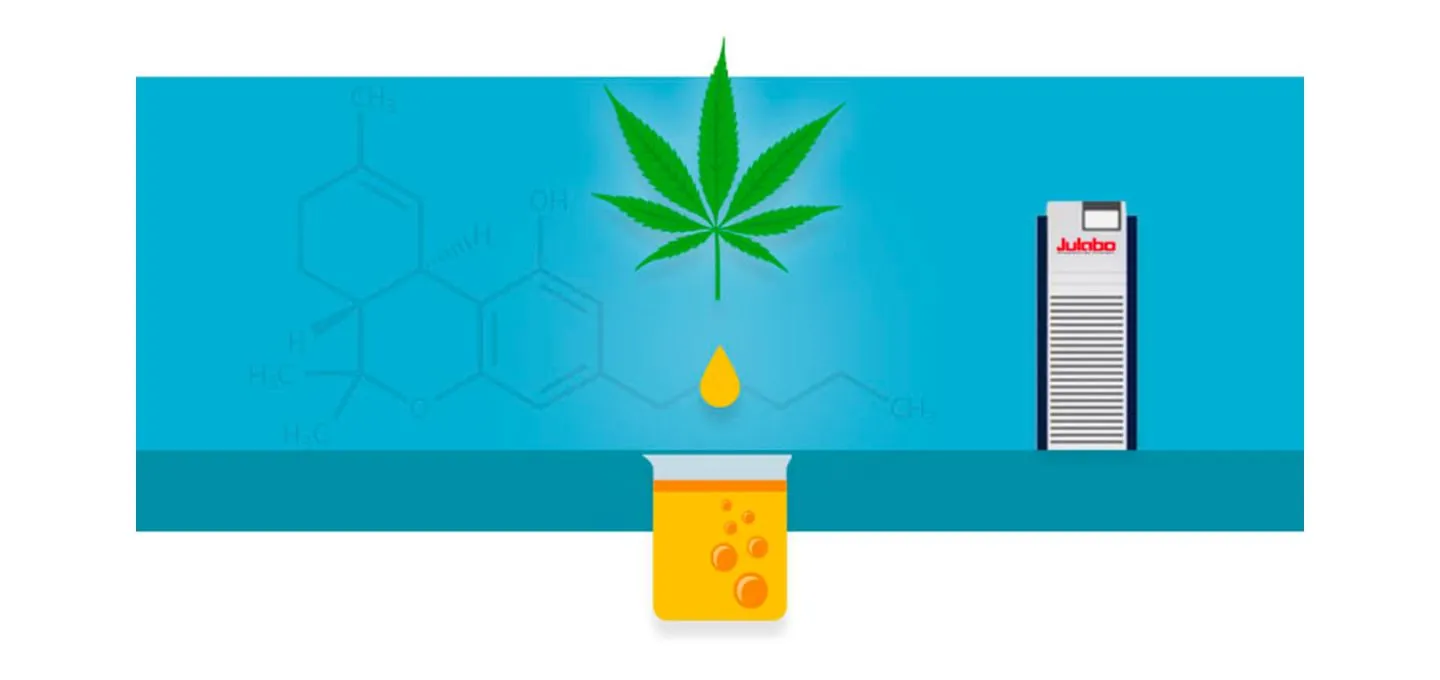In cannabis extraction, a solvent refers to a substance used to separate cannabinoids and terpenes from raw plant material to produce concentrated oils.
Various solvents provide different effects and challenges.
What is a solvent?
Table of Contents
A solvent is most often a liquid chemical capable of dissolving other substances.
In terms of cannabis extraction, solvents act to strip away and collect the medicinal compounds from the original plant matter.
Common solvents used are butane, propane, CO2, ethanol and more recently PEG400. These are used to make popular products like hash, shatter, wax, tinctures, etc.
Solvents work by passing over the plant material and bonding with the desired resins and oils.
The solids like fiber and chlorophyll are left behind while the cannabinoid and terpene-rich liquid is collected.
Processing methods remove any remaining solvent from the final extract. When done properly, no solvent remains.
Solvents allow the extraction of key components from cannabis to achieve the highest concentrations possible.
Solvent vs. solventless concentrates
There are key differences between solvent-based and solventless extraction methods.
Solvents act as a separating agent but may also pull more impurities like waxes, fats and lipids versus solventless isolation of trichomes.
Solventless concentrates like rosin and ice water hash use pressure, water and filters rather than chemicals.
This draws out fewer undesirable compounds for a potentially “cleaner” and purer product. However, some terpenes may be destroyed in the process.
Solvents also offer higher purity and yield than possible manually.
So, while residual solvents are a risk, state-of-the-art closed-loop systems minimize this. Solvent or solventless extraction both produce quality concentrates with unique profiles.

 Fact Checked by Doctor Name
Fact Checked by Doctor Name